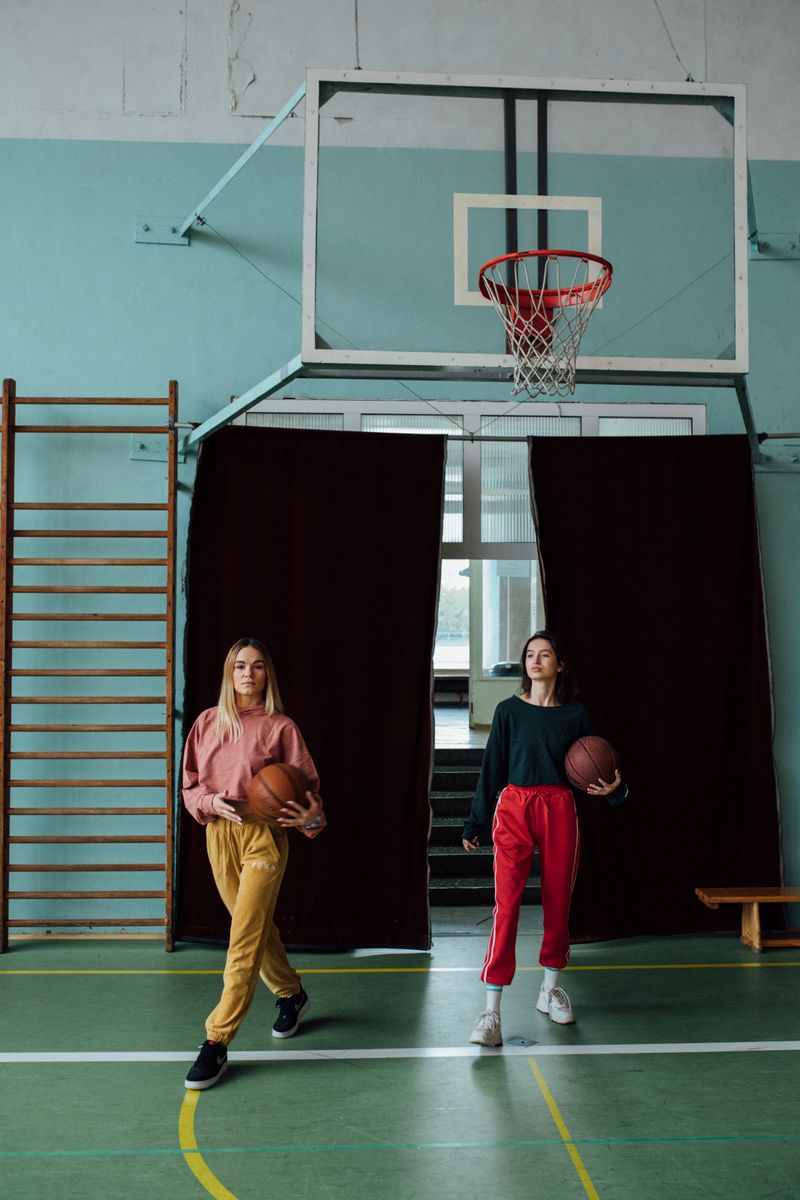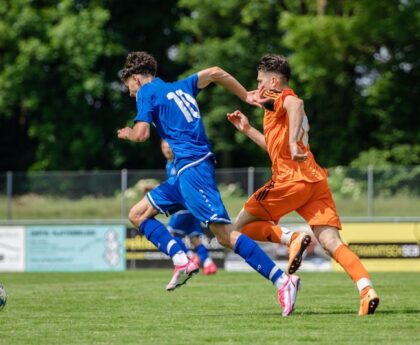The NBA Finals have brought to the forefront the talent and value of a player who has been overlooked for the majority of his career, Bruce Brown. As Sam Quinn reports, Brown’s performance in the Finals has likely raised his market value beyond what the Denver Nuggets can afford. While Brown’s talent and versatility have propelled the Nuggets onto a path towards winning their first championship, the reality is that the inequity of sports contract negotiations and the constraints of salary caps might force the Nuggets to lose the valuable asset of Brown.
Brown’s Underrated Performance
Brown was drafted in the second round of the 2018 NBA Draft and has since been overlooked and underpaid for his contributions on the court. For most of his NBA career, he has been an undervalued player who has not received the recognition or remuneration that his performance merits. Brown has excelled in an unconventional role with the Brooklyn Nets, then with the Nuggets where he has emerged as their top reserve.
This 6-foot-4 Swiss Army wing can credibly defend just about any non-center in the NBA, is an elite offensive rebounder for his size, a deceptively dangerous driver, a sorely underrated passer, and can even function as a center offensively. Brown’s versatility and high level of performance have been crucial for the Nuggets to reach the NBA Finals.
Unfair Salary Caps and Contract Negotiations
Although the Nuggets can offer Brown the Non-Bird’s rights that would allow him a 20% raise to his $6.8 million contract, they are constrained by the limits of the salary cap. The NBA’s salary cap system is intended to promote competitive balance in the league and prevent wealthier teams from monopolizing talent and winning championships.
However, the salary cap system has also created a situation where valuable players like Brown might be underpaid and eventually leave their team because they cannot be rewarded financially. In the case of Brown, if the Nuggets want to keep him, their options are narrow. For instance, if the Nuggets could deal Kentavious Caldwell-Pope without bringing back any salary, they could potentially turn around and offer Brown a non-taxpayer mid-level exception starting at $12.2 million. Another option is convincing Brown to return on another one-year deal with a player option for a second season, setting him up to become a free agent again in 2024, when he’d have Early Bird Rights.
These options, however, pass the risk onto Brown if he gets hurt, if his performance declines, or if the Nuggets simply don’t want to pay him. The sad reality is that under the current salary cap system, players like Brown who have worked hard and performed well, might be forced to leave a team they love because of unfair salary cap constraints.
Conclusion
Bruce Brown’s story demonstrates how the inequity of sports‘ contract negotiations reflects a broader societal issue of undervaluing people’s labor and contributions. The salary caps and constraints that exist in the NBA, while well-intentioned in leveling the playing field, ultimately hurt players like Brown who have worked hard to improve and perform at high levels. The NBA needs to find ways to reward these players equitably, not only for their contributions to individual teams but for the league as a whole.

<< photo by KoolShooters >>
You might want to read !
- Game 4 of NBA Finals: A Statistical Analysis
- Exploring the statistics of fatal shark attacks in Red Sea resorts
- “Ruud Awakening: Casper Ruud’s Rise to Tennis Greatness in French Open 2023 Final against Novak Djokovic”
- The NBA Finals: The Nuggets Keep Fighting and Lead the Series 3-1.
- “The Denver Nuggets Keep Their Playoff Hopes Alive with a Game 4 Victory in NBA Finals”
- Why Bryan Cranston’s Performance in ‘Your Honor’ Is a Masterclass on Embracing Darkness.
- “The End of an Era: Bryan Cranston Announces Retirement from Acting in 2026”
- The Political Implications of Boris Johnson’s Resignation as MP.
- The Future of the Minnesota Vikings without RB Dalvin Cook
- Exploring the impact of Jude Bellingham’s transfer to Real Madrid
- How Chris Paul’s Departure Will Impact the Phoenix Suns’ Future
- The Bull Market Revolution: How AI is Shaping the Future of Investing
- The Risky Business of Signing Troubled Players: Analyzing Why the Broncos Decided to Sign DE Frank Clark to a One-Year Deal
- The Implications of Dalvin Cook’s Release for the Vikings Offense
- Opinion | Joe Biden Is a President Who Knows the Right Time to Act
- The Impact of Patrick Mahomes’ White House Interruption of Travis Kelce’s Speech.




